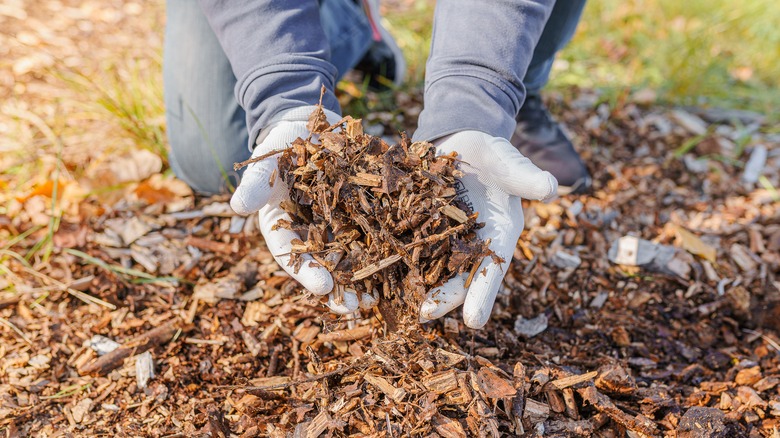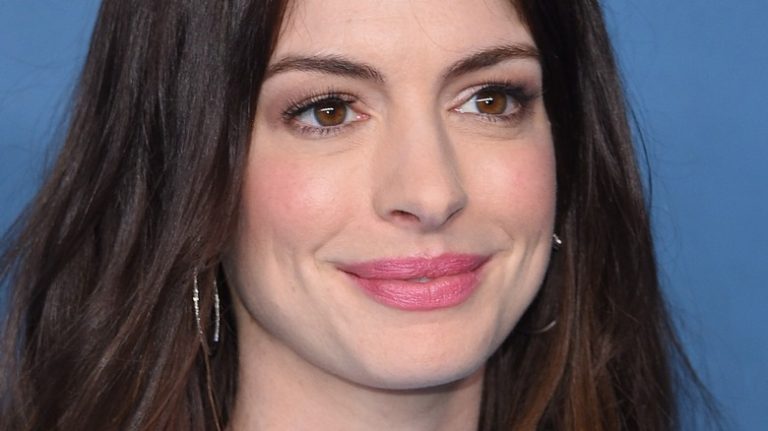Mulch is an incredible multipurpose tool in your garden. Many people love it for how easily and affordably it can fill in gaps in your garden or landscaping, but it’s also incredibly useful for balancing out the moisture and temperature levels in your garden beds, as well as preventing weeds from growing and spreading.
In general, tomatoes are hardy plants, which is why they’re a favorite for beginner and expert gardeners alike. However, they aren’t invincible and can be affected by a number of illnesses. Fruit cracks, for example, occur when tomatoes don’t receive enough water and then take in too much at once, while leaf roll happens due to overly wet soil and high temperatures.
Many bacteria that like to take over tomato plants also thrive in unregulated moisture and temperature conditions. Not only that, but there are several strands of weeds, like nightshade, that specifically target tomatoes, and many of them are resistant to herbicides and other weed-control methods. For these reasons, one of the best ways to protect your tomato crops from illness, bacteria, and weeds is through mulching.
What is mulch and which should you use for your tomatoes

Most people are familiar with mulch but may not know what exactly it is or what it’s made of. Mulch as a term actually refers to a number of organic or inorganic materials that are used to both decorate and improve the quality of your soil. Natural mulch is what you’ll want for your tomato plants, and can include things like straw, wood chips, sawdust, grass cutting, bark, pine needles, leaves, and peat moss. Inorganic mulch is usually mostly decorative and is made of plastic.
Most mulches work in the same way, by insulating plants to help retain and regulate moisture levels without getting soggy or waterlogged, keeping the soil healthy, evening out soil temperatures, and stopping roots from growing in the dirt immediately surrounding the plant. Any store-bought organic mulch should work for tomato plants, but if you want to go for just one material, consider shredded leaves, compost, straw, and/or dried grass clippings.
How to mulch tomato plants

Mulching is hardly a complicated process, but it isn’t as simple as spreading the material around the plant. To begin, you will need to know how much to use, specifically for tomatoes. It’s better to use too much mulch than too little, as it won’t be effective if the layer is too thin. Aim for a 4- to 5-inch thick layer of mulch around the base of each tomato plant.
You also need to keep circumference in mind. Don’t ball up a thick but narrow pile of mulch, but instead spread it out at least 12 inches around the plant. While you can’t see it above ground, this is how wide the tomato plant’s roots will spread out in the dirt, and you’ll want to protect them. Leave roughly 2 inches of the soil directly surrounding the stem bare, which allows nutrients, water, and sun to get to the plant.
As for when to apply the mulch, it’s best to wait until the ground has sufficiently warmed up, starting roughly in May. If you want to apply fertilizer, do so in the spring. Then, add your mulch, and water the tomatoes. If you’re using a natural mulch that quickly disintegrates, like compost, know that you’ll need to replenish the supply somewhat frequently.



